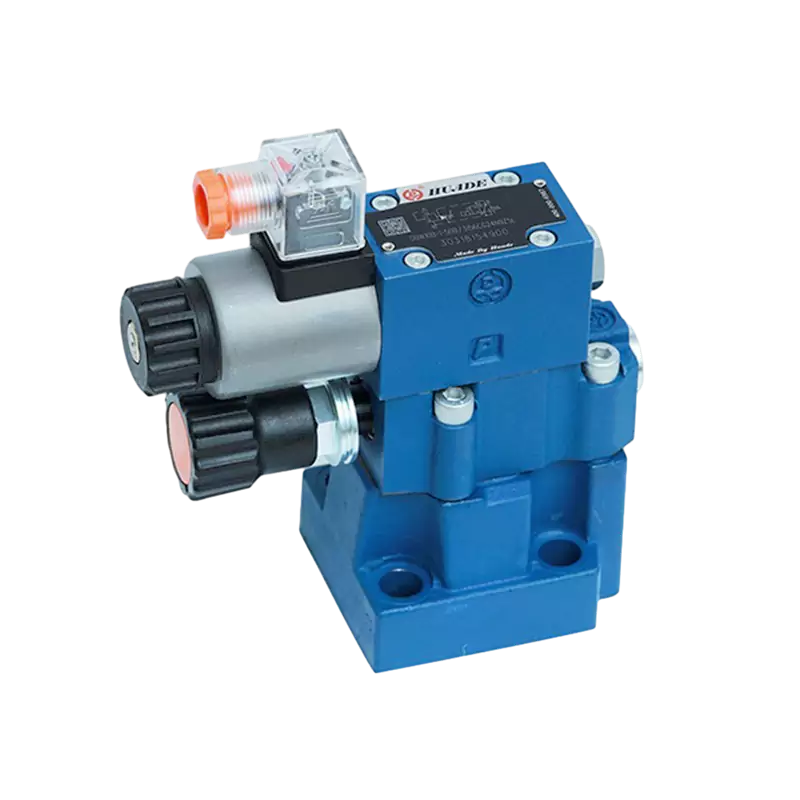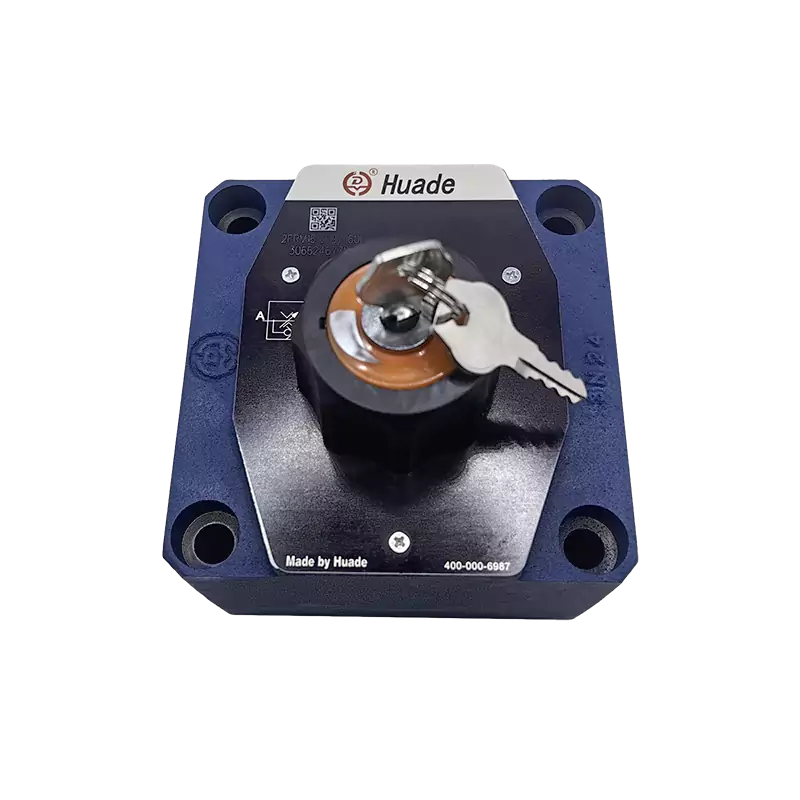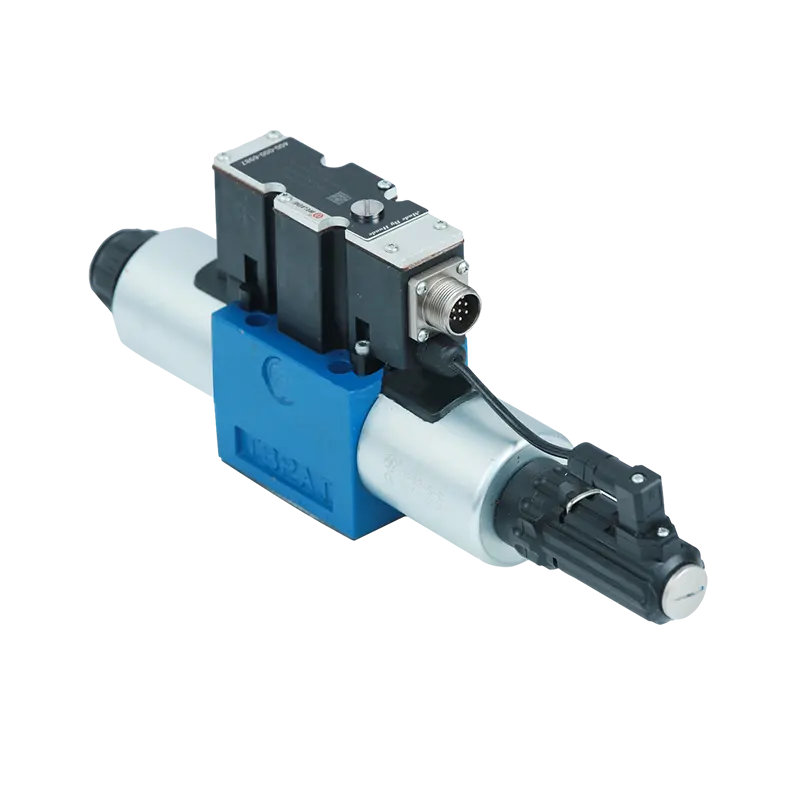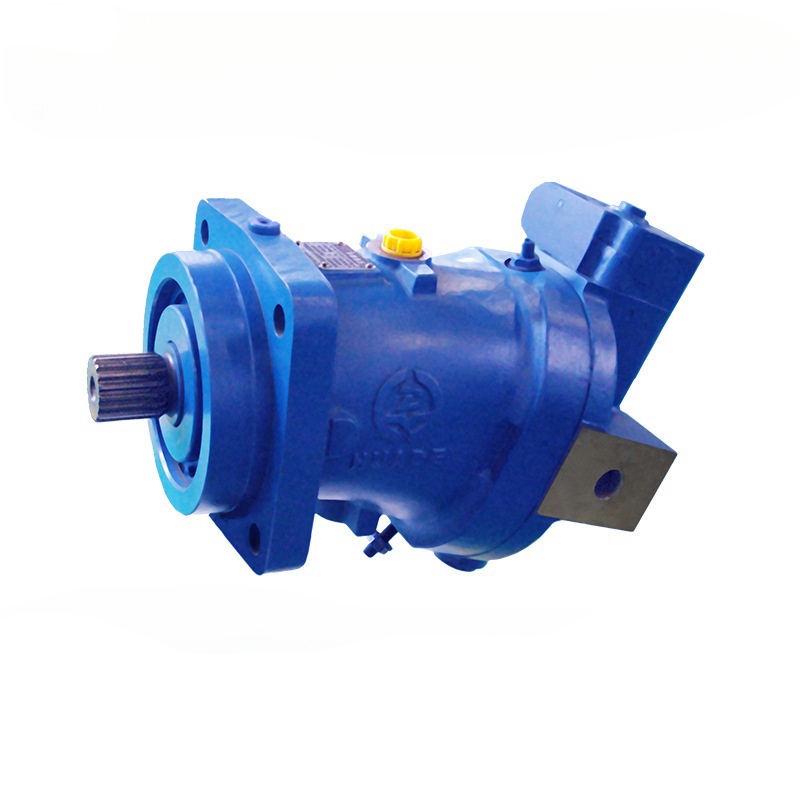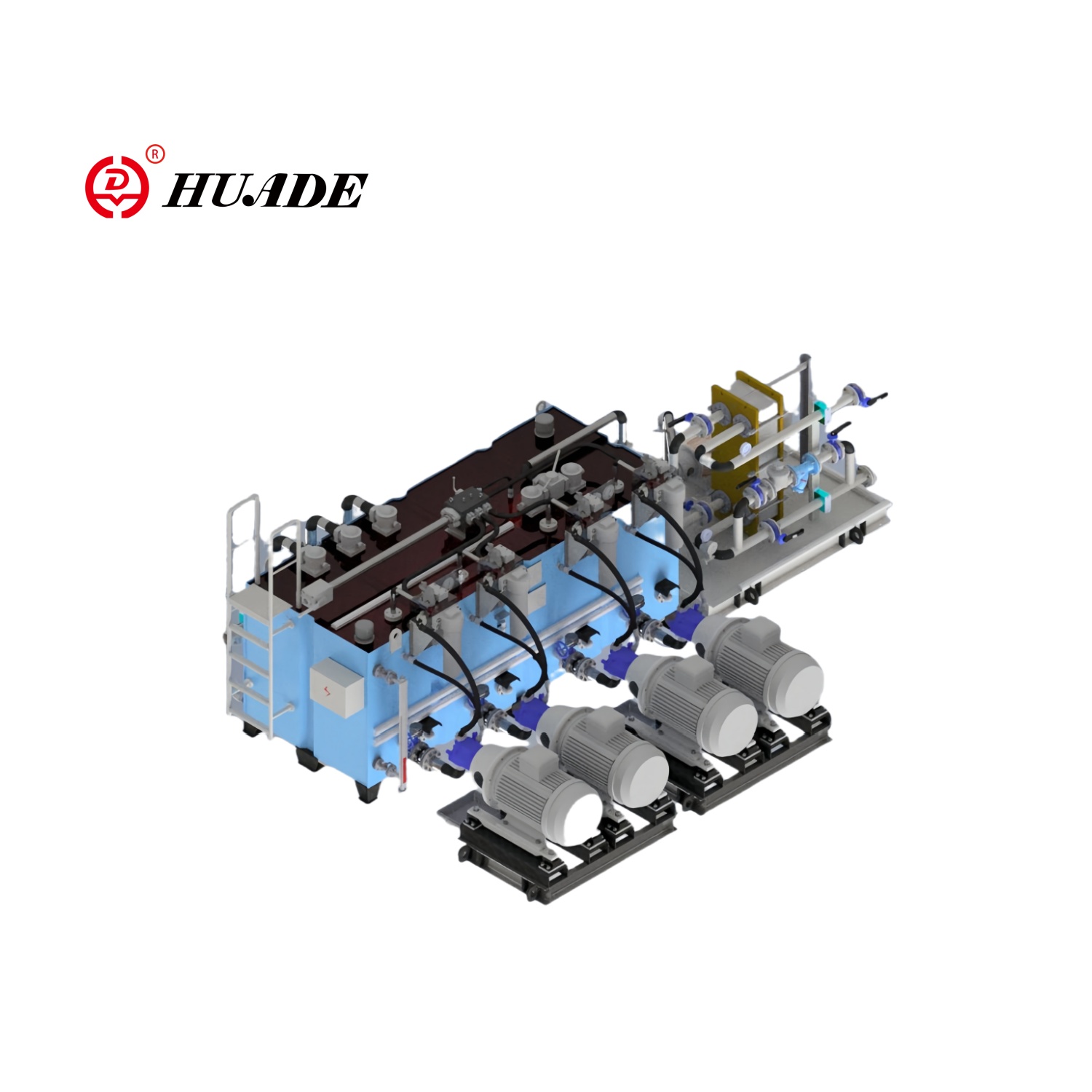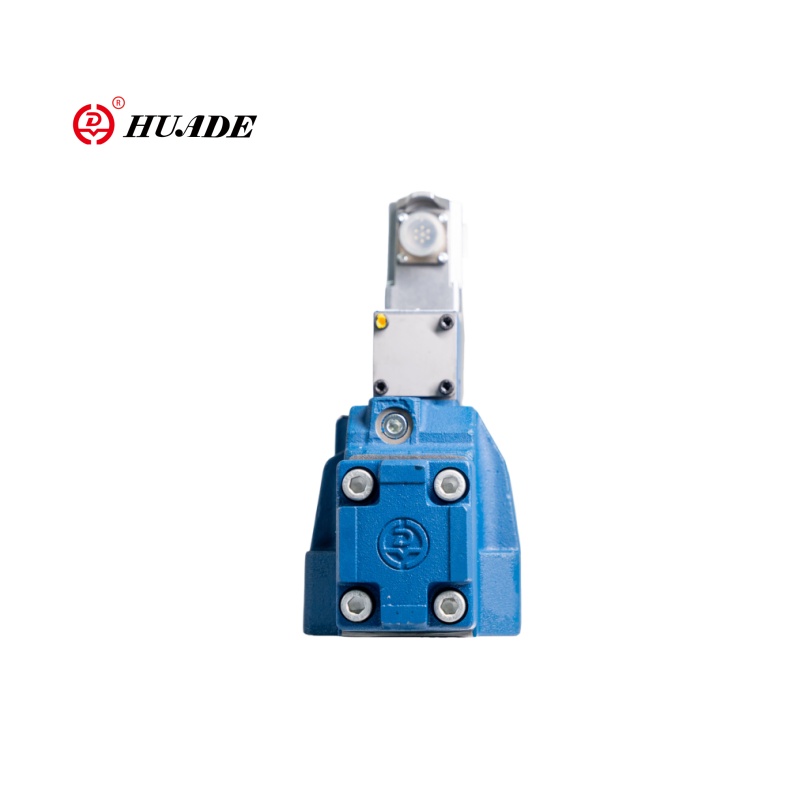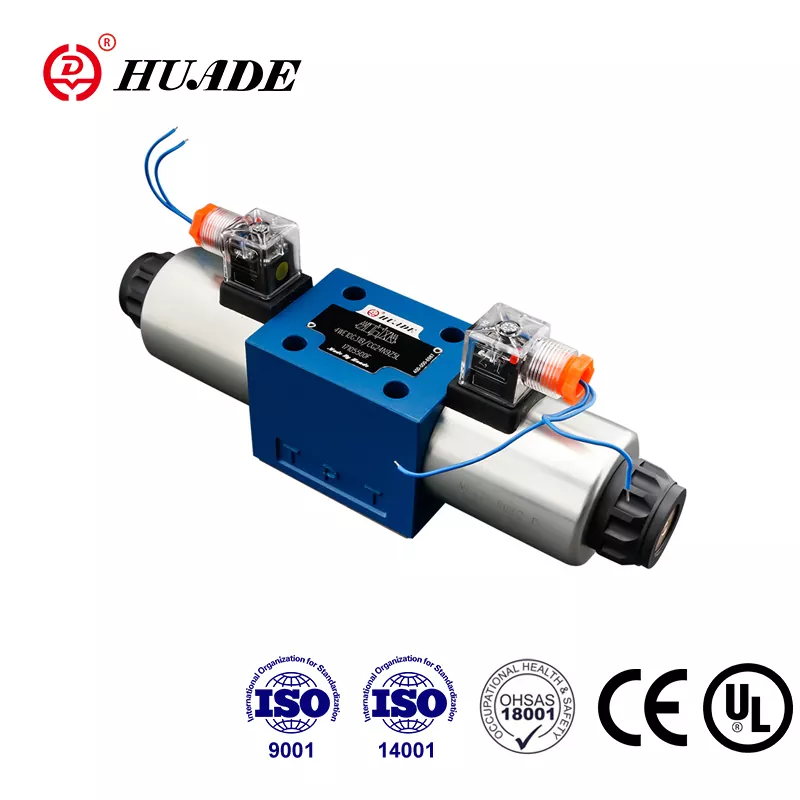When water pressure gets too high in your home, or steam pressure builds up dangerously in a factory, something needs to step in and control it. That's where pressure limiting valves come to the rescue. These simple but crucial devices keep our water systems safe, our machines running smoothly, and prevent dangerous accidents.
But here's the thing - "pressure limiting valve" is actually a broad term that covers several different types of valves. Each type works differently and serves different purposes. Let's break this down in simple terms so you can understand exactly what these valves do and why they matter.
What Is a Pressure Limiting Valve?
A pressure limiting valve is like a safety guard for pipes and pressure systems and part of the pressure control valve family. When pressure gets too high, these valves automatically open to either reduce the pressure or release excess fluid. Think of it like a pressure cooker's safety valve - when things get too intense, it releases steam to prevent an explosion.
However, not all pressure limiting valves work the same way. There are actually two main types, and understanding the difference is important:
1. Pressure Reducing Valves (PRVs)
These valves reduce high pressure coming into a system to a lower, safer pressure going out. They're like a volume control knob for pressure.
How they work:
They start in an open position and gradually close as the downstream pressure reaches the right level. It's like having an automatic faucet that adjusts itself.
Where you'll find them:
- Your home's water system (reducing city water pressure to safe levels)
- Steam heating systems
- Hydraulic equipment
2. Pressure Relief and Safety Valves
These valves protect systems by opening when pressure gets dangerously high, releasing excess pressure to prevent damage.
How they work:
They stay closed until pressure reaches a dangerous level, then open to let excess pressure escape.
Where you'll find them:
- Water heaters
- Boilers
- Pressure tanks
- Industrial equipment
The Two Main Ways These Valves Operate
Direct-Acting Valves: Simple and Fast
Direct-acting valves are like a simple spring-loaded door. When pressure pushes against a spring hard enough, the valve opens.
Advantages:
- React very quickly
- Simple design with fewer parts
- Less expensive
- Easy to maintain
Disadvantages:
- Not as precise
- Work best with smaller systems
- Pressure can vary more with different flow rates
Pilot-Operated Valves: Precise and Powerful
Pilot-operated valves use a small "pilot" valve to control a larger main valve. It's like having a small switch that controls a big motor.
Advantages:
- Very precise pressure control
- Handle high-pressure, high-flow systems
- Maintain steady pressure even when flow changes
- Better for large industrial applications
Disadvantages:
- More complex
- Cost more
- React slightly slower
- Need more maintenance
Where Are Pressure Limiting Valves Used?
These valves are everywhere, even if you don't notice them:
In Your Home
- Water pressure regulators: Keep your shower from blasting you with high-pressure water
- Water heater relief valves: Prevent your water heater from becoming dangerous
- Washing machine valves: Protect your appliances from pressure damage
In Industry
- Oil and gas: Protect pipelines and prevent dangerous blowouts
- Power plants: Control steam pressure in boilers and turbines
- Chemical plants: Maintain safe pressures in reactors
- Fire protection systems: Ensure proper water pressure for sprinklers
In Transportation
- Cars: Control fuel pressure in engines and hydraulic pressure in brakes
- Airplanes: Manage cabin pressure and hydraulic systems
- Ships: Control pressure in various onboard systems
In Medical Equipment
- Anesthesia machines: Keep breathing pressures safe for patients
- Medical gas systems: Ensure proper pressure for oxygen and other gases
How to Choose the Right Pressure Limiting Valve
Selecting the right valve isn't just about picking any valve off the shelf. Here are the key things to consider:
1. Know Your System Pressure
What's the normal operating pressure? What's the maximum safe pressure? At what pressure should the valve activate?
2. Understand Your Fluid
Is it water, steam, gas, or something else? Is it corrosive or clean? What temperature does it reach?
3. Calculate Flow Requirements
How much fluid needs to flow through the valve? What's the worst-case scenario for pressure buildup?
4. Consider Your Environment
Indoor or outdoor installation? Extreme temperatures? Corrosive atmosphere?
Choose the Right Materials
- Brass for water systems
- Stainless steel for corrosive fluids
- Special alloys for extreme conditions
Installation and Maintenance: Keeping Your Valves Working
Installation Best Practices
- Position: Install vertically with the stem pointing up when possible
- Piping: Use straight pipe sections before and after the valve
- Support: Don't let the valve support the weight of the piping
- Accessibility: Make sure you can reach the valve for maintenance
Regular Maintenance
- Test annually: Make sure the valve opens at the right pressure
- Visual inspection: Look for corrosion, leaks, or damage
- Keep records: Track when valves were tested and any problems found
- Professional service: Have qualified technicians handle repairs
Warning Signs Your Valve Needs Attention
- Visible leaks around the valve
- Valve doesn't open when it should
- Valve stays open when pressure drops
- Corrosion or physical damage
- Pressure readings that don't match expectations
Safety Standards and Regulations
Pressure limiting valves must meet strict safety standards:
Key Standards Organizations
- ASME: American Society of Mechanical Engineers
- API: American Petroleum Institute
- ISO: International Organization for Standardization
Important Guidelines
- Valves must be certified for their intended use
- Installation must follow manufacturer specifications
- Regular testing and maintenance are required
- Only qualified personnel should service these valves
The Future of Pressure Limiting Valves
Technology is making these valves smarter and more reliable:
Smart Valve Technology
- Sensors: Monitor pressure and performance continuously
- Wireless communication: Send alerts when maintenance is needed
- Predictive maintenance: Use data to predict when valves might fail
- Remote monitoring: Check valve status from anywhere
Advanced Materials
- Better corrosion resistance: Last longer in harsh conditions
- Higher temperature ratings: Work in extreme heat
- Improved sealing: Prevent leaks more effectively
New Applications
- Hydrogen systems: Special valves for clean energy applications
- Space technology: Valves for rockets and spacecraft
- Medical devices: More precise control for life-support equipment
Common Problems and Solutions
Problem: Valve Won't Open
Possible causes:
- Setpoint too high
- Valve stuck due to corrosion
- Spring failure
Solutions:
- Check and adjust setpoint
- Clean and service valve
- Replace damaged parts
Problem: Valve Won't Close
Possible causes:
- Debris on valve seat
- Worn sealing surfaces
- Damaged spring
Solutions:
- Clean valve seat thoroughly
- Replace worn components
- Install new spring
Problem: Pressure Fluctuations
Possible causes: Wrong valve type for application, improper sizing, worn valve components
Solutions: Consider pilot-operated valve, recalculate sizing requirements, service or replace valve
Cost Considerations
Initial Costs
- Direct-acting valves: $50-$500 for most applications
- Pilot-operated valves: $200-$5,000+ depending on size and features
- Installation costs: $100-$1,000+ depending on complexity
Long-term Costs
- Maintenance: Annual testing and periodic overhauls
- Energy savings: Proper pressure control reduces energy waste
- Prevented damage: Avoiding equipment failure saves thousands
- Safety benefits: Preventing accidents is priceless
Environmental Impact
Pressure limiting valves contribute to environmental protection:
Energy Efficiency
- Proper pressure control reduces energy waste
- Prevents system leaks that waste resources
- Optimizes equipment performance
Safety Benefits
- Prevents dangerous pressure releases
- Protects workers and communities
- Reduces environmental contamination from accidents
Conclusion: Why Pressure Limiting Valves Matter
Pressure limiting valves might seem like simple devices, but they're essential for safety and efficiency in countless applications. From the water pressure regulator in your home to the safety valves in nuclear power plants, these devices protect people, equipment, and the environment every day.
Understanding the difference between pressure reducing valves and pressure relief valves helps you choose the right solution for your needs. Whether you need the simplicity of a direct-acting valve or the precision of a pilot-operated system, selecting the right valve and maintaining it properly ensures years of reliable service.
As technology advances, these valves are becoming smarter and more efficient. But the basic principle remains the same: controlling pressure to keep systems safe and operating smoothly.
Remember, when it comes to pressure limiting valves, proper selection, installation, and maintenance aren't just good practices - they're essential for safety. Always consult with qualified professionals when installing or servicing these critical safety devices.
Whether you're a homeowner wanting to understand your water system or an engineer designing industrial equipment, pressure limiting valves are working behind the scenes to keep everything running safely and efficiently. These unsung heroes of the engineering world deserve our attention and respect for the vital role they play in our daily lives.


